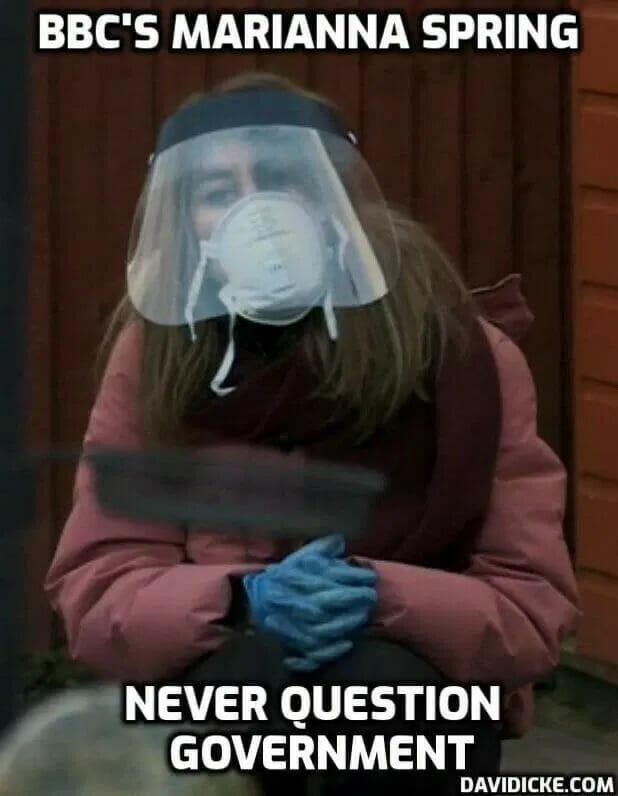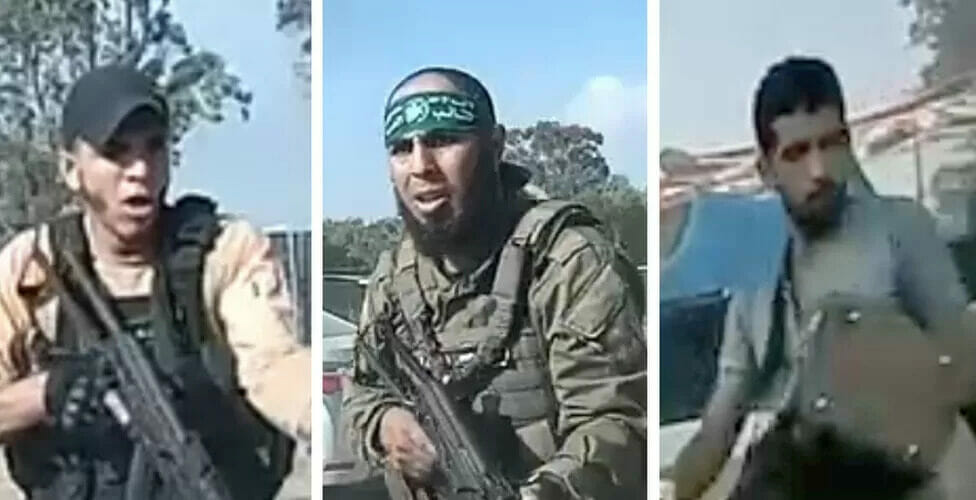The BBC has faced some criticism in the wake of this latest Israeli-Hamas conflict, when the BBC’s Verify group used facial recognition to identify who some of the Hamas attackers were, and published their findings in reports and broadcasts.
The BBC, whose authorship was left anonymous for this article, wrote almost a week ago, “BBC Verify has pieced together the events of the weekend’s festival bloodbath using video and social media posts that we have verified, and facial recognition technology.”
The BBC has analysed the footage and ran still images of the gunmen who were visible through a facial recognition tool.
It matched one of the faces with images of a man in police uniform which were available on the website of Gaza’s Nuseirat municipality.
We compared these through Amazon Rekognition software and got a similarity score of between 94-97% (some campaigners, however, have raised concerns that non-white faces can be falsely identified on facial recognition tools).

Amazon recommends that the images provided do not include headbands or open mouths, which were the exact type of pictures used.
For added content, BBC Verify was launched in June which The WinePress reported on – “BBC Launches “BBC Verify” To Factcheck And Track “Conspiracies.” Creates Fake Accounts To Infiltrate Communities.” Mariana Spring, one of the correspondents for BBC Verify, explained in the launch video that they utilize geolocation to source some of their information.
Tackling the controversy, Biometrics Institute Chief Executive Isabelle Moeller told Biometric Update in an email:
Like any security technology, facial recognition has strength and weakness. It is important to carefully consider the benefits and risks of using this technology before deploying it in any context, and to take steps to mitigate the risks and potential harms.
The Biometrics Institute would always evaluate this type of unofficial deployment of face recognition technology by exposing the use case to its Good Practice Framework and other assessment tools that it has developed in recent years.
In situations where facial images are captured by members of the public it is essential to verify the provenance of the images and establish that they are genuine and have not been altered in any way, such as a deepfake. This is true of any such data that could potentially be used in a court of law, and this is a basic requirement for any law enforcement agency that produces evidence from any source.
Biometric Update added: ‘Moeller urges users of facial recognition to “always consider and ask” about the provenance of the facial image database being searched, and how the authenticity of the images can be established and how they can be used in compliance with the appropriate laws and regulations. Organizations should also be aware of how accurate the algorithm used is, and ask “has the generated result been evaluated by a qualified and accredited face recognition practitioner?”’
A final important question, Moeller says, is:
What are the specific benefits of using facial recognition technology in this context, and how do they outweigh the risks and potential harms?
Unless these issues can be resolved satisfactorily any search through such a system would be inconclusive and fundamentally untrustworthy.
AUTHOR COMMENTARY
You are seeing the real disinformation peddlers really starting to flex their muscles, completely disregarding the recommendations of the very same tech they use to supposedly bring us the truth, just so they can publish glitzy articles and broadcasts.

Call me a “conspiracy theorist,” like that Looney Tune Mariana Springs certainly would, but I cannot help be envision the common Joe being blasted on frontpage news and morning shows, because the media wants to brownnose people and use CCTVs, and personal video and doorbell footage, as entertainment and as a way to quench dissent for speaking wrongly about the media or the government. In other words, the thought police will, without your consent of course, broadcast and publish your private doings and speech to make an example out of you.
As crazy that sounds I truly believe this is a reality will see moving forward.
Trust ye not in a friend, put ye not confidence in a guide: keep the doors of thy mouth from her that lieth in thy bosom.
Micah 7:5
[7] Who goeth a warfare any time at his own charges? who planteth a vineyard, and eateth not of the fruit thereof? or who feedeth a flock, and eateth not of the milk of the flock? [8] Say I these things as a man? or saith not the law the same also? [9] For it is written in the law of Moses, Thou shalt not muzzle the mouth of the ox that treadeth out the corn. Doth God take care for oxen? [10] Or saith he it altogether for our sakes? For our sakes, no doubt, this is written: that he that ploweth should plow in hope; and that he that thresheth in hope should be partaker of his hope. (1 Corinthians 9:7-10).
The WinePress needs your support! If God has laid it on your heart to want to contribute, please prayerfully consider donating to this ministry. If you cannot gift a monetary donation, then please donate your fervent prayers to keep this ministry going! Thank you and may God bless you.








LOL! And the Lord by truth shows the wonders of their idol shepherd, presuming AI stuff…..rubbing it in their faces to their chagrin, while exposing its flaws & encouraging the saints. God is good & the blessings are real, even with the persecutions & yet in this dying! Our hope is sure.
Amen
¿Has pensado en este artículo. Me hace reír este enfoque.